In many African countries, there are certain occupations that are usually so obscure that many do not consider them as “real” occupations. One of such occupations is that of the “Comic Book Colourist.” Actually, the comic book industry in Cameroon and Africa is not yet as developed as it is in North America, Europe and Asia. So there is a tendency of considering everything that surrounds the domain of comics as not very important or of little value. In this blogpost, we will take a deep dive into the life and work of someone who spends his nine to five working as a comic book colourist and discover what it means to do this job in an African country like Cameroon. We will therefore be talking to Coeurtys Minko and, from him, we will discover what his life as a comic book colourist looks like.
Zebra Comics Blog: Hello. Thank you very much for accepting to talk to us about your experiences as a Cameroonian comic book colourist. For starters, can you tell us a bit about your background and how you got into the comic book industry?
Coeurtys Minko: Thank you! Coeurtys Minko is a Cameroonian artist who was trained and has worked solely in Cameroon. My journey as an artist started out at the Institut de Formation Artistique at Mbalmayo where, after three years of study, I graduated with a Baccalaureate Artistique certificate, with painting as my major. From there, I spent three more years at the Libre Academie des Beaux Arts (LABA) in Douala, where I graduated with a Bachelor’s Degree in Multimedia Graphic Design. After obtaining my first degree, I worked briefly as a graphic designer for some private enterprises before I joined Zebra Comics PLC in 2022. Actually, as far as the comic book industry is concerned, Zebra Comics PLC is the company that exposed me to this domain.
Zebra Comics Blog: What inspired you to become a colourist for comic books?
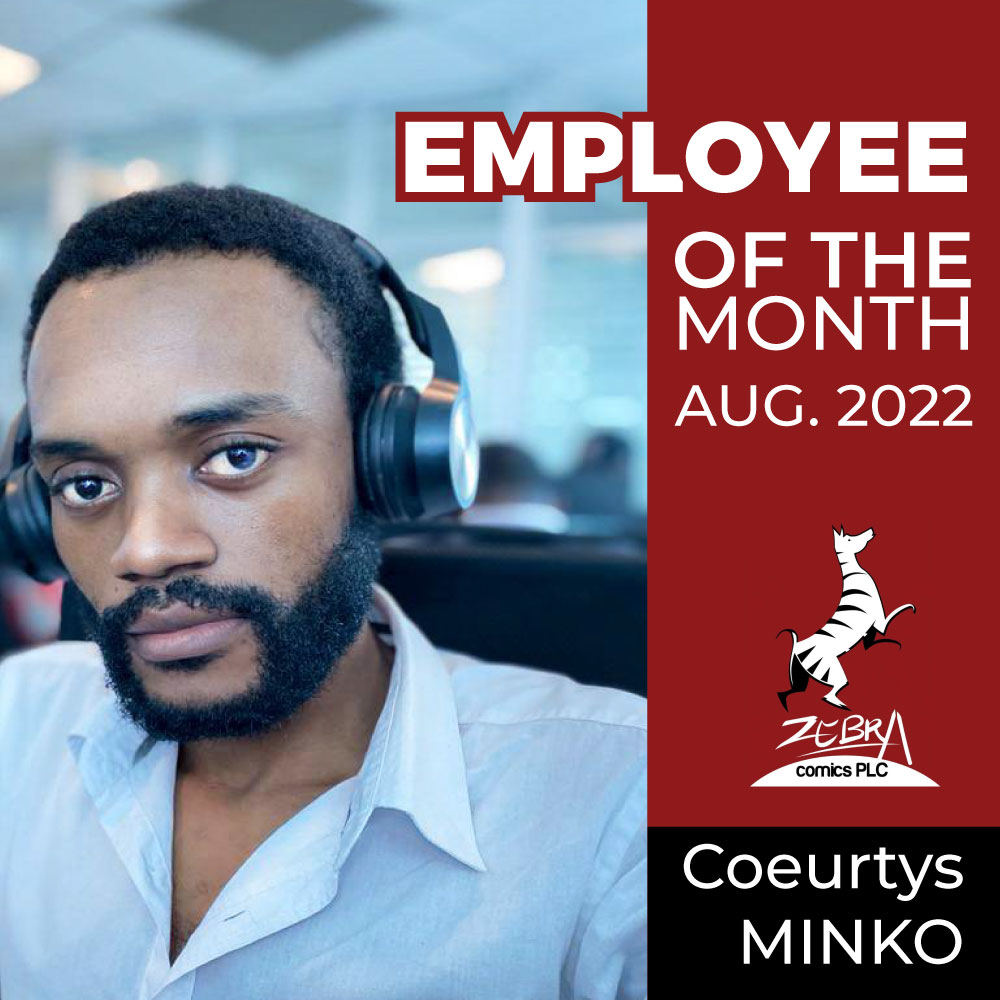
Coeurtys Minko: It is true that before joining Zebra comics, I did not have prior experience as a comic book colourist. However, I am a trained painter, digital painter, illustrator and graphic designer and so it was not difficult to wear the hat of the comic book colourist. I have always loved colours and so I will always be drawn to anything that gives me the opportunity to play with them. I guess what I am saying is that my love for colours inspired me to become a colourist for comic books.
Zebra Comics Blog: How would you describe your role as a colourist, and what does a typical day look like for you?
Coeurtys Minko: The role of the colourist is to complete the illustrations done by the comic book inkers, by making the decision on the choices of colours to use to make these illustrations come to life on the page. This also means that the colourist has to determine the tone of the comic and make sure that the right mood is sustained throughout the story through lighting and shadows.
As far as my typical day is concerned, it usually begins at 4am. I wake up, do a few push ups, meditate for about an hour, take a bath and, by 6am, I leave for the office. At the office, I quickly install myself and get to work. On a normal day, I start off by reading the script of the comic book pages I have to colour so as to have a good idea of the setting, characters and action in the story, which will guide me on the colours to choose for the pages I have to colour. After reading the script and getting a good idea on the colours to use, I immediately get to work, colouring the illustrated comic book pages. I do this until the close of work, which is at 5pm. By then, I should have been through with my tasks for the day. I then work on other personal projects for about two more hours before I leave the office for my home.
Zebra Comics Blog: What tools and software do you use to colour the comics, and how do you decide on the colour scheme for each panel or page?
Coeurtys Minko: Generally, in my daily work, I make use of tools and software which are usually used by graphic designers, illustrators and colourists across the world. At Zebra Comics, all artwork is produced digitally, so I work with a PC, a graphic tablet and dedicated software for illustration and colouring. As far as software is concerned, I use Adobe Photoshop and clip studio. There are quite a good number of other softwares which graphic designers and colourists use, however, I use these two for my work. And when it comes to deciding which colour scheme to use for each panel, I begin by reading the script of the comic I am working on. I study the characters, settings and actions and, based on what is presented in the script, I choose a colour scheme that will best portray what the scriptwriter put on the script. In some cases, the script can provide precisions which are easy to execute. For example, details on the eyes, skin colour, clothes, environment etc. However, in cases where precisions are not made in the script, I decide based on the character types, genre of the story (fantasy, science fiction, slice of life etc) and the target audience (for adults, men, women, kids etc) to get a colour scheme that best works for the pages I have to colour.
Zebra Comics Blog: How do you collaborate with other members of the creative team, such as the writer, penciller, and inker, to bring the comic book to life?
Coeurtys Minko: Well, it all starts with the scriptwriter. Given that he or she is the one who crafted the story, I start by getting in contact with him or her and we have a discussion on the story, its characters, setting and general mood. During our discussion, I ask questions so as to grasp his or her vision since this will enable me to colour the illustrations in a way that brings the story as close to life as the scriptwriter imagined it to be. Side by side with the scriptwriter, I also talk with the creative director. He provides the general artistic direction which gives all artwork produced in the company a signature look and helps readers identify Zebra Comics’ works whenever they come across them. I therefore take his recommendations into consideration before I begin to colour illustrations. As far as pencilling and inking are concerned, note that I double as an illustrator and an inker. So, I do inking for much of the work that I colour. However, if there is another penciller or inker, all I do is that I make sure that I have a discussion with him or her to ensure that the pencilling and inking is done in such a way that will permit the colouring to shine. In a nutshell, I will say that comic book production is a highly collaborative process, especially in an industrial setting like Zebra Comics PLC. There, we have to constantly be in discussion with everyone so as to produce the best comic book possible.
Zebra Comics Blog: Can you talk about a specific project that you worked on as a colourist that you are particularly proud of?
Coeurtys Minko: Sincerely, I will say that every project that I have worked on is important and very dear to me. It is difficult to pick out a particular project and say that it is the best work I have produced. Nevertheless, if I have to absolutely pick out projects where I excelled as a colourist, I will say KUSH, MANCRAFT and THE PATRIARCH DAMO are projects I am particularly proud of. I had great experiences with these projects and they helped me discover aspects of my craft that I didn’t know existed. However, I still believe that every artist is proud of his work, irrespective of how these pieces look and the experiences he had with them.
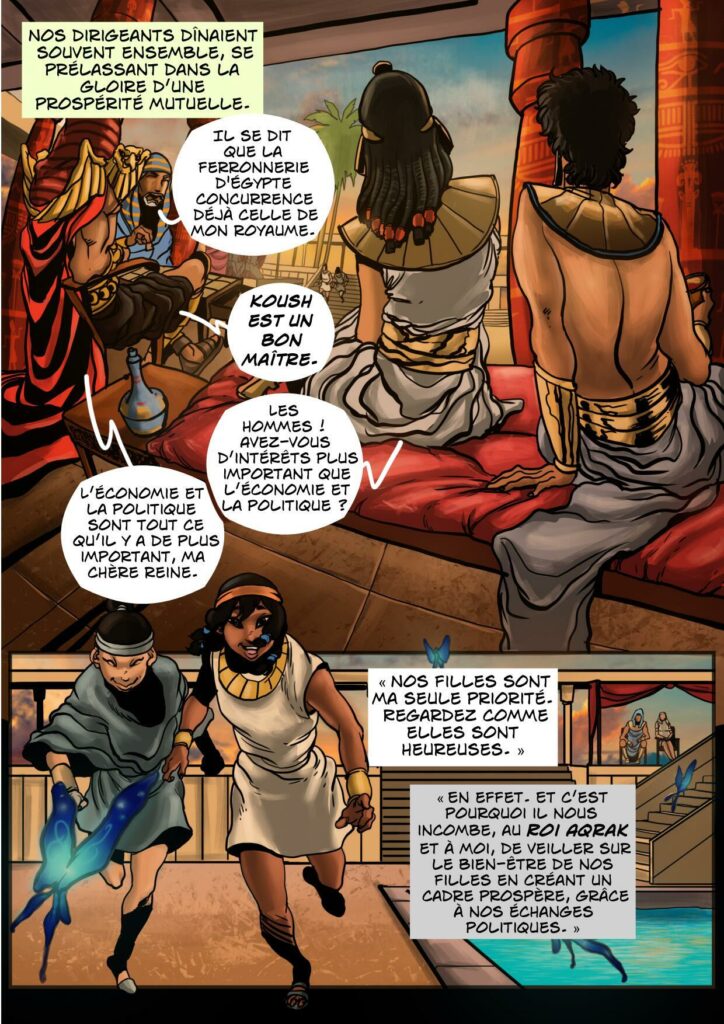
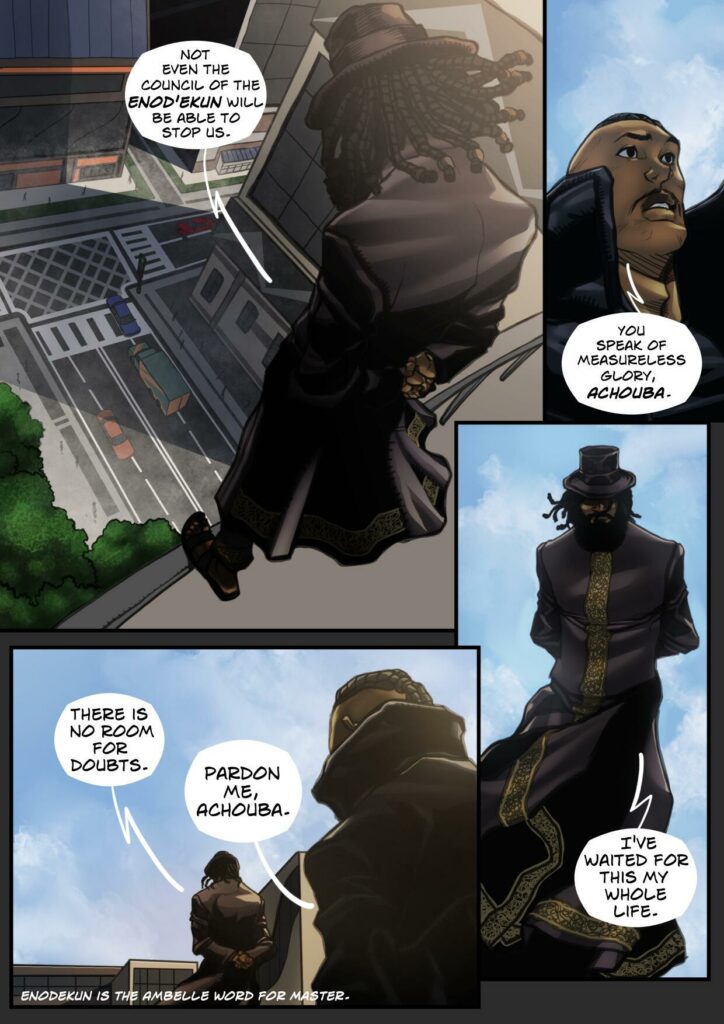
Zebra Comics Blog: What challenges have you faced as a colourist, and how have you overcome them?
Coeurtys Minko: Well, it has not really been challenging working for Zebra Comics. However, I will say that before I started work with Zebra Comics, I had never worked in an industrial setting. Here, deadlines are very important and that wasn’t something I was used to before I worked for Zebra Comics. I always thought that every artist had to take the necessary time to fine tune his or her work before the world sees it. So, I struggled in the beginning as I found it hard to deliver a certain number of pages every day. With time and with the tools made available to me, I learned how to work faster and so this is no longer an issue.
Zebra Comics Blog: In your opinion, what is the most important aspect of colouring a comic book?
Coeurtys Minko: First all, every colourist should be able to communicate with the different actors in the creation of the comic book. However, to be specific to the art of colouring, I will say that it is very important for every colourist to be able to bring out emotions through colour. This is because colour gives life to illustrations and helps communicate information to the reader. It will be unforgivable for a comic book colourist to use dark and sombre colours for a children’s comic book that is supposed to be vibrant, and that is expected to communicate happiness or joy, for example. So, it is very important for colourists to study the scene on a comic page so as to produce the right emotions expected from a comic book page.
Zebra Comics Blog: What advice would you give to someone who wants to pursue a career in comic book colouring?
Coeurtys Minko: Well, for any aspiring comic book colourist, the best advice I can give is that he or she should have a solid visual culture. What I mean by this is that they should be very observant about the colours around them and they should consume a lot of comics, animated shows and even movies because these usually have a lot of colour. The golden rule in this trade is that you cannot colour what you have not seen. They should study nature and how light rays behave in different settings. It is only by being very observant and trying out what you see that you can be a great colourist.
Zebra Comics Blog: Finally, what are your future plans as a colourist, and what can readers expect from your work in upcoming comic book projects?
Coeurtys Minko: For the future, I will just say that I will like to continue working as a colourist for comics for as long as possible. While doing that, I will grow and become even more apt and dynamic in my craft by producing beautiful colours for comics, manga and Franco Belgian comics. With this, readers should naturally expect great work. Work that will keep their eyes glued to the final products, given that I am always meticulous with my work and I always work hard to produce high quality results. Also, I would like to work on personal comics projects (given that I also double as an illustrator) and provide comic book fans with quality work at the level of illustrations or colours.
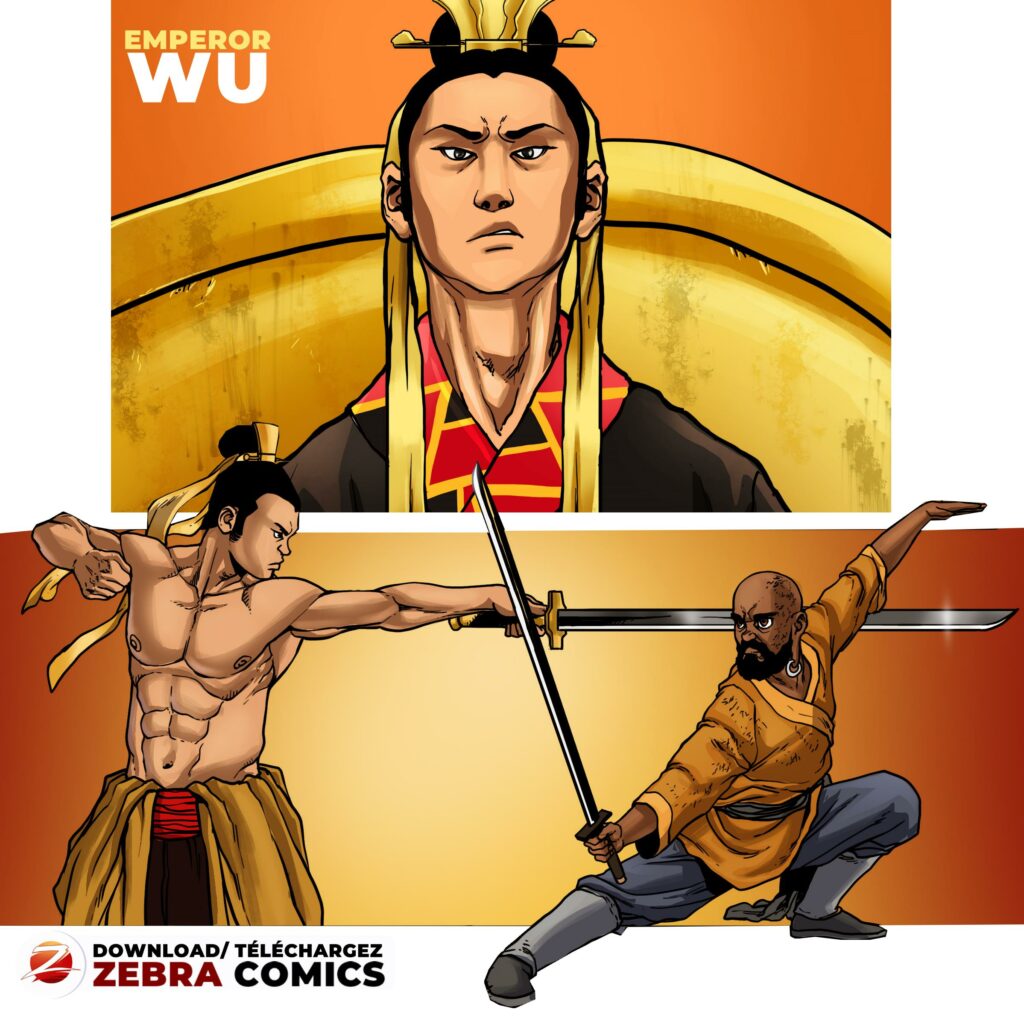
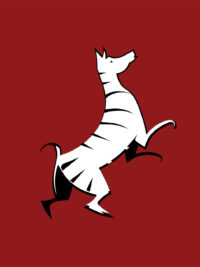
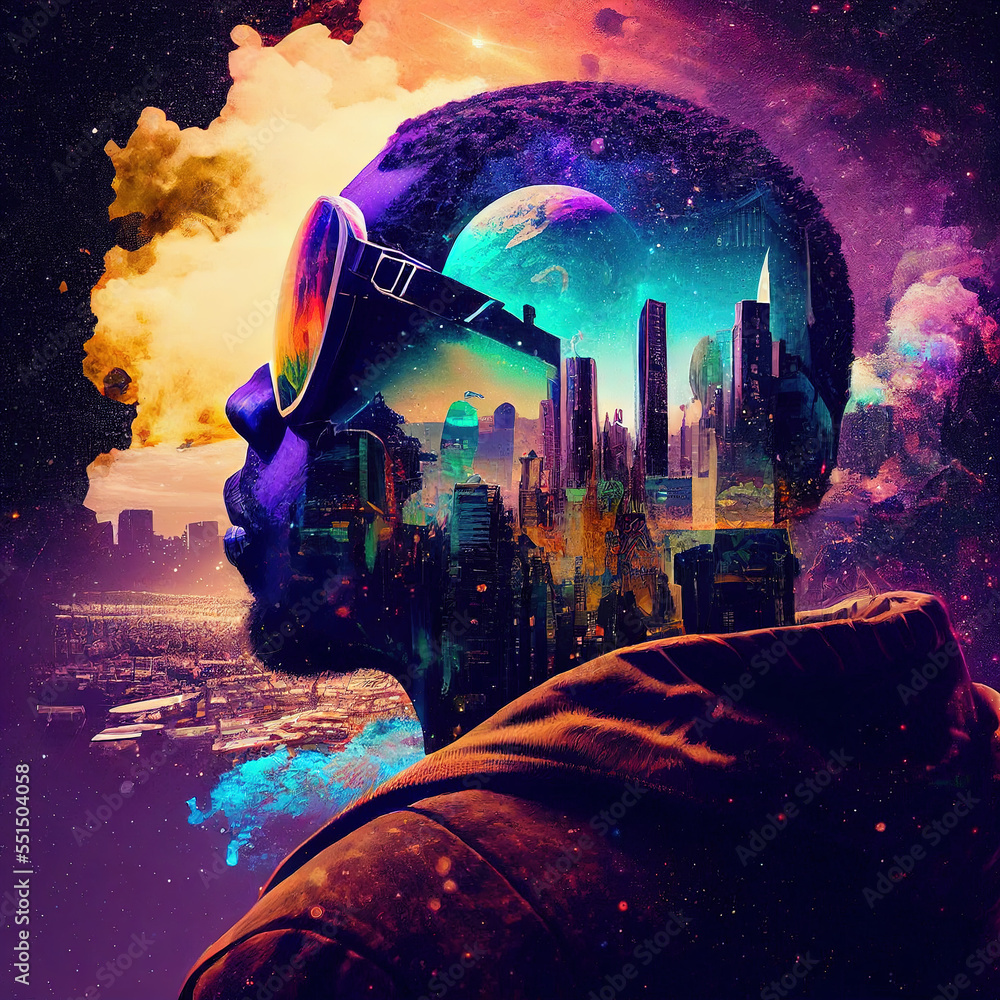
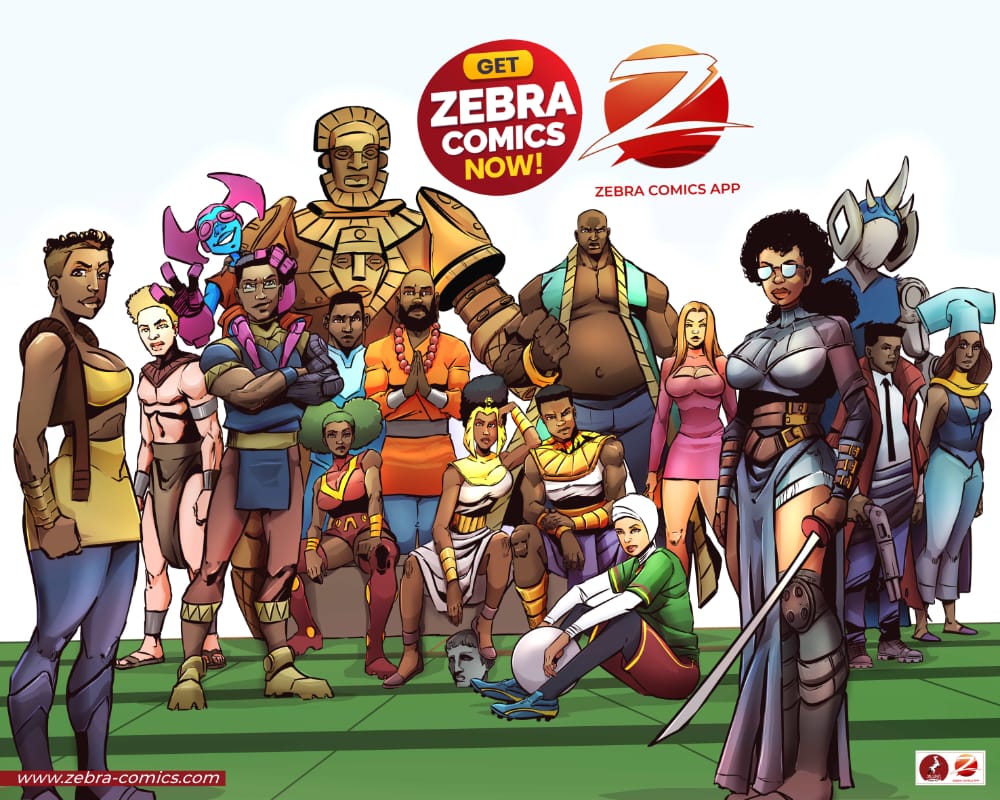
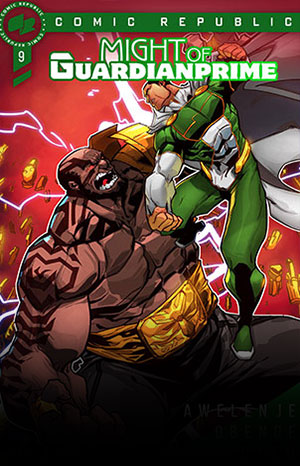
As a longtime comic book fan, I can attest to the fact that colours have a big role to play. Sometimes you land on a page and the colours hit you like an unexpected blessing.
Keep up the good work, bro!
Merci à la famille Zebra comics pour cet article. Certes il y’a des impressions, mais je félicite l’igniciative. Ça nous donne plus de forces… Big up😁🍾🥃🤜
This is truly remarkable. I wish I were working for Zebra Comics.
Quite impressive. I’d definitely be checking up more African comics. Great article.
Go Africa. Keep up Zebra Comics
IMPRESSIONANT
The point of view of your article has taught me a lot, and I already know how to improve the paper on gate.oi, thank you.